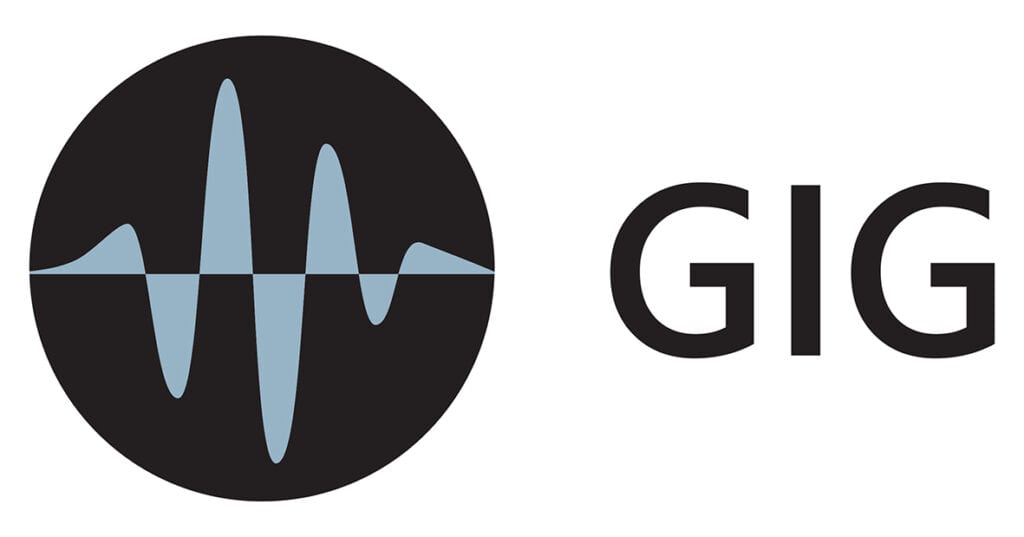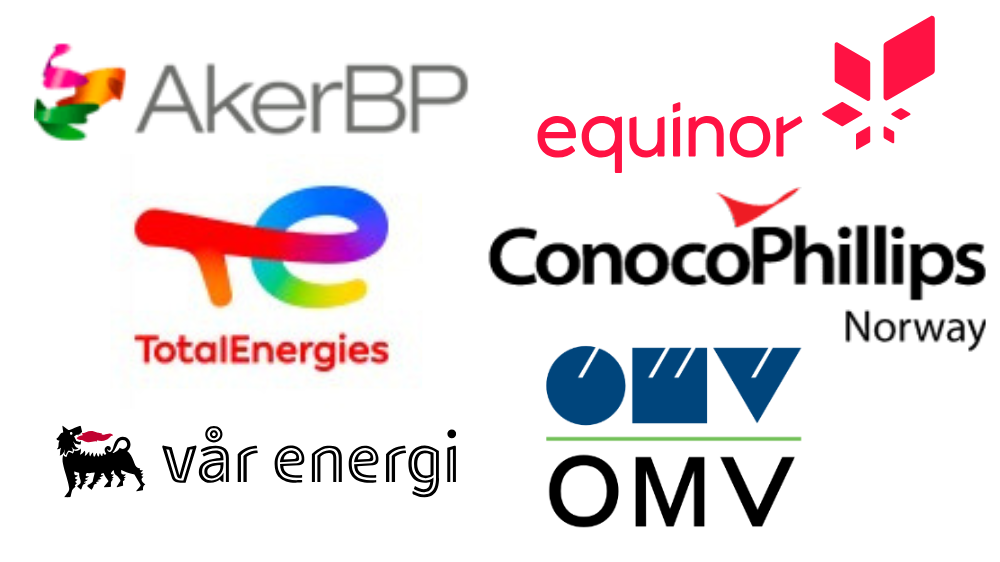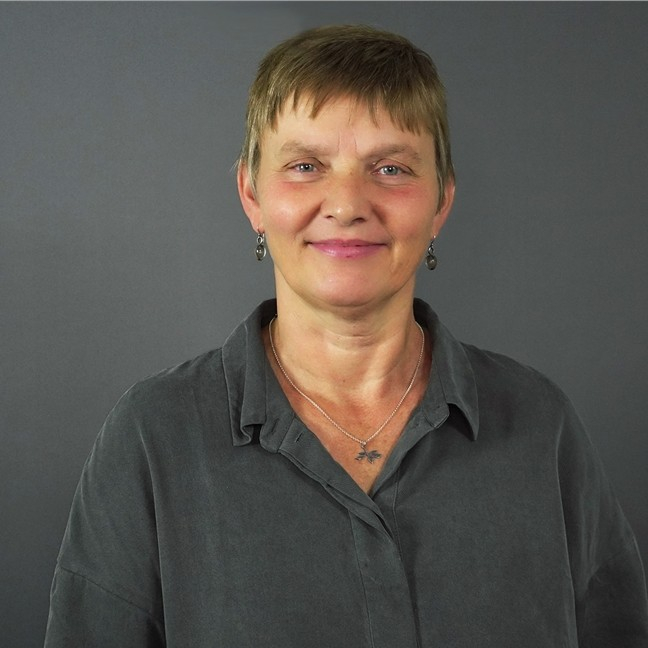A consortium for geological assessments of the seabed (GIG)
- Department SAND
- Fields involved Geomodelling
- Industries involved Natural resources
Geophysical Inversion to Geology (GIG) is a research and development (R&D) consortium developing algorithms to analyse seismic data and calculate the probability for detecting subsurface sedimentary rocks such as sand, shale and clay that are filled with water, oil or gas. These methods can also be applied for exploring and monitoring CO2 storage.
GIG is led by NR and sponsored by the leading oil and gas (O&G) exploration and production companies on the Norwegian Continental Shelf.
GIG’s focus areas
Our research and development is focused on the following areas:
- Better and faster algorithms, especially considering alternative approximations that can increase performance without compromising performance,
- Tools for assessing the robustness of the inversion result and the geological prior model,
- 4D seismic inversion by simultaneous inversion of several 3D seismic data sets,
- Include lateral links in the inversion process to better take into account lateral correlations in geology,
- More information from the inversion such as probability distributions of layer thicknesses, adjusted horizons with uncertainty and internal layering,
- More flexible and correct definition of the geological prior model.
Sponsor benefits
- Access to reports, publications and developed methods since the project started in 2016
- User support and training in the methods being developed
- Help with special challenges related to inversion studies
- Influence on the research tasks and focus areas of the project
- Attend regular status meetings
- Attend annual meeting where budget and work plans are decided
- Access to the PCube application
- Continuous access to new methods that are being developed
- Bug fix
- Access to internal webpage


Our methods
The algorithms are based on Bayesian seismic inversion for quantitative interpretation of seismic data. GIG further develops and improves the algorithms known as PCube and PCube +.
The seismic data are analyzed using Bayesian statistics that update the mathematical model of the subsurface so that it fits better with the seismic data. The updated model calculates the probability of the rocks at any point. In addition, it can calculate the depth of different depositional environments (horizons) and layer thicknesses (isochrons) of the rocks with an uncertainty. The methods can also be combined with rock models to calculate properties such as porosity, clay content and liquid saturation.
The Bayesian seismic inversion is using seismic data, elastic properties of rocks and a mathematical model of the subsurface where properties of the rock in a small point only depend on properties in neighboring points (Markov model).
Independent studies
NR can conduct independent inversion studies using the PCube application, independently of GIG. These studies are often conducted in close collaboration with a client, enabling them to continue working independently once when project is completed.
To learn more about the consortium, please contact:
Project: Geophysical Inversion to Geology (GIG)
Partners: Equinor, Vår Energi, Total Energies, OMV, Conoco Phillips, Aker BP
Funding: Equinor, Vår Energi, Total Energies, OMV, Conoco Phillips, Aker BP
Period: 2016-
Software
The development work in GIG is implemented in a separate software application PCube. The application runs on Windows PCs in a separate graphical user interface or from Linux in a command line interface. The participants in the project have access to the PCube application and several of the sponsors use it in their daily work with seismic inversion. New methods and improvements in the PCube and PCube + algorithms, including PCube + 4D, are first developed and tested in the PCube application.
The PCube + algorithm is also commercially available in the PSPro program provided by Sharp Reflections. Through a collaboration with GIG, Sharp Reflections has access to the source code of the algorithm.
Several tools and methods are only available in the PCube application. In particular, this applies to tools for assessing the quality and robustness of the seismic inversion.


